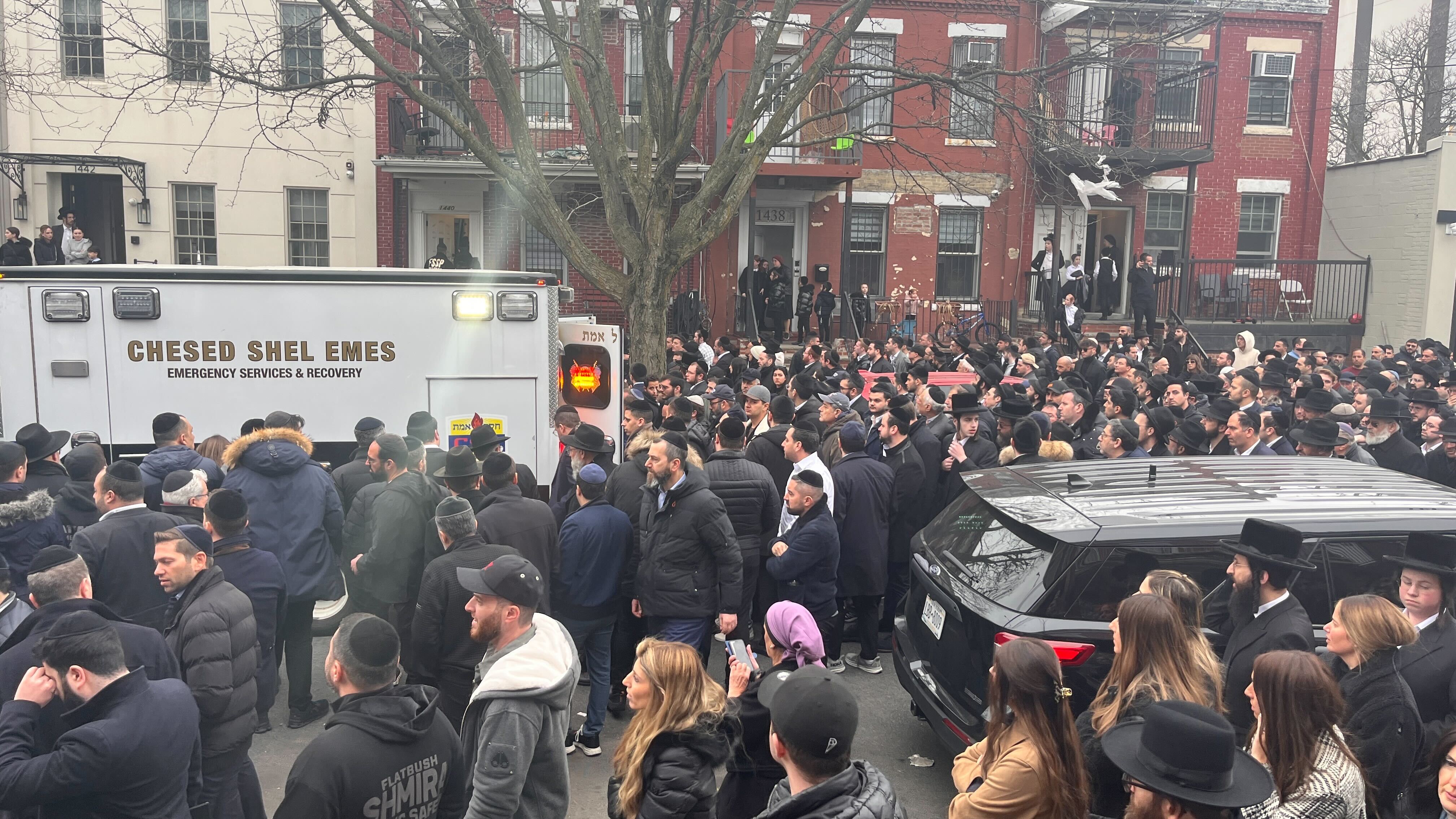Adams' NYC Mental Health Plan Under Fire: Is Involuntary Care Effective?
A recent City Council report has cast doubt on the effectiveness of Mayor Eric Adams' signature mental health program, which involves involuntarily placing homeless mentally ill individuals into care. The report highlights concerns about the program's impact and raises questions about racial disparities.
Key Findings of the City Council Report
- Ineffective Outcomes: The report reveals that while 58% of clinician-initiated transports resulted in hospital admissions, data on officer-initiated transports—a significant portion—is lacking. This lack of data leaves the overall effectiveness in question. The report focuses on the need for a better continuum of care after hospitalizations.
- Racial Disparities: Black New Yorkers, who represent 24% of the city's population, accounted for a disproportionate 54% of involuntary transports. This raises concerns about potential bias within the program's implementation.
- Location Bias: The report points out that involuntary transports were far more likely to originate from private residences than from public spaces like subways and streets where many homeless individuals struggle with mental illness.
Mayor Adams' Response
Mayor Adams strongly defends the program, asserting that it targets those in need of help and is not racially motivated. He challenges critics to experience the realities of the streets and subway system to understand the program's necessity. He also reiterated his commitment to running for re-election as a Democrat.
Ongoing Debate
The report's findings have sparked a significant debate regarding the efficacy and fairness of the involuntary care program, with significant implications for both the city's mental health strategy and Mayor Adams' reelection campaign.








:max_bytes(150000):strip_icc():focal(749x0:751x2)/Gigi-Hadid-032925-tout-266ce516d5e94b13aeb812497d13029b.jpg)
Comments
Join Our Community
Sign up to share your thoughts, engage with others, and become part of our growing community.
No comments yet
Be the first to share your thoughts and start the conversation!